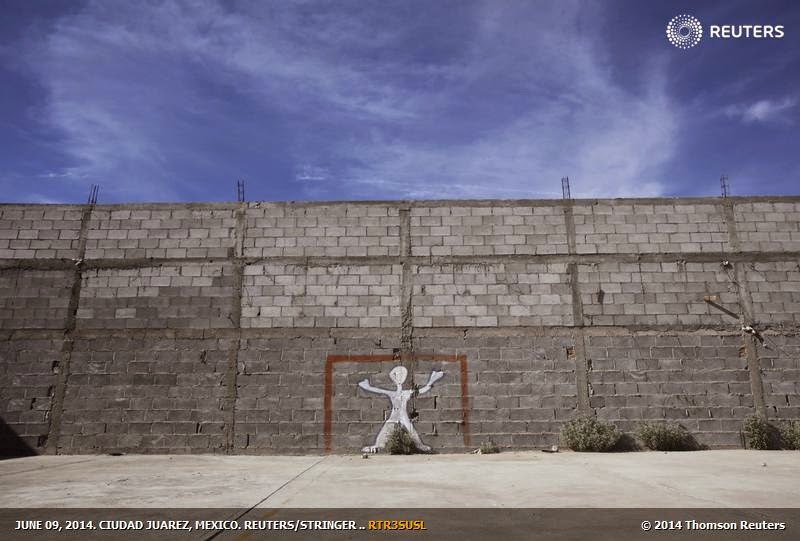Everyone involved is long dead but the inquisitive feel, sense of exploration and beauty of the pictures live on. These are the thoughts that stuck me as I looked at the pictures by Francis Bedford of The Prince of Wales Middle East tour. This was the first time ever a photographer was invited to travel on a royal tour. It was 1862. Having been on several royal tours as a photographer I was intrigued.
Rarely, on first look when visiting exhibitions, do I use the recorded narration or read the small labels as I want to come to my own conclusions about the pictures. As the exhibition "Cairo to Constantinople" in the Queen's Gallery, is small I decided to look at it twice, the second time using the narration.
On first look the pictures are beautiful in composition, light, and technical execution. The prints are quite small so you have to peer closely at them. As I looked closer the details that really came to life and fascinated me were the local people. Exposures at that time were long, so to capture people without movement they would have to stand still for quite a while - completely still. I can't imagine for a minute that Francis would ask his Royal host to pose for pictures, under strict instructions not to move an inch for 12 seconds. The locals, on the other hand, would be a completely different matter. This for me, 152 years later, is the strength of these pictures.
Listening to the narration I came across two wonderful gems of information that made me take a closer look at two specific pictures. The first is that the party travelled wearing tweed. Just imagine how hot it would have been riding horseback under the Middle East sun wearing tweed. This picture by French photographer Gustave Le Gray shows the party in their full splendour (the Prince 5th from right). Le Gary, an important French photographer at the time, was in the Middle East on commission to cover the conflict in Syria but was injured in a horse accident, so joined the royal party up the Nile.
But to discover that Francis Bedford had managed to capture his own portable darkroom in the corner of his picture of the Great Court in Edfu, is truly wonderful. It so reminds me of the desperate and sometimes failed attempts by photographers to clear the background on modern royal tours.
The exhibition is on at the Queen's Gallery, Buckingham Palace until 22nd February 2105 and I highly recommend it if you have a spare 90 minutes and a tenner to spend. I even bought the book! If you are interested to learn more on Wednesday 26th November there is a lecture about the work. Sadly I can't make it.
Rarely, on first look when visiting exhibitions, do I use the recorded narration or read the small labels as I want to come to my own conclusions about the pictures. As the exhibition "Cairo to Constantinople" in the Queen's Gallery, is small I decided to look at it twice, the second time using the narration.
On first look the pictures are beautiful in composition, light, and technical execution. The prints are quite small so you have to peer closely at them. As I looked closer the details that really came to life and fascinated me were the local people. Exposures at that time were long, so to capture people without movement they would have to stand still for quite a while - completely still. I can't imagine for a minute that Francis would ask his Royal host to pose for pictures, under strict instructions not to move an inch for 12 seconds. The locals, on the other hand, would be a completely different matter. This for me, 152 years later, is the strength of these pictures.
The Mosque of Muhammad Ali, Cairo. Francis Bedford, 1862.
Listening to the narration I came across two wonderful gems of information that made me take a closer look at two specific pictures. The first is that the party travelled wearing tweed. Just imagine how hot it would have been riding horseback under the Middle East sun wearing tweed. This picture by French photographer Gustave Le Gray shows the party in their full splendour (the Prince 5th from right). Le Gary, an important French photographer at the time, was in the Middle East on commission to cover the conflict in Syria but was injured in a horse accident, so joined the royal party up the Nile.
But to discover that Francis Bedford had managed to capture his own portable darkroom in the corner of his picture of the Great Court in Edfu, is truly wonderful. It so reminds me of the desperate and sometimes failed attempts by photographers to clear the background on modern royal tours.
The exhibition is on at the Queen's Gallery, Buckingham Palace until 22nd February 2105 and I highly recommend it if you have a spare 90 minutes and a tenner to spend. I even bought the book! If you are interested to learn more on Wednesday 26th November there is a lecture about the work. Sadly I can't make it.





.jpg)

.jpg)
.jpg)
.jpg)







.jpg)











